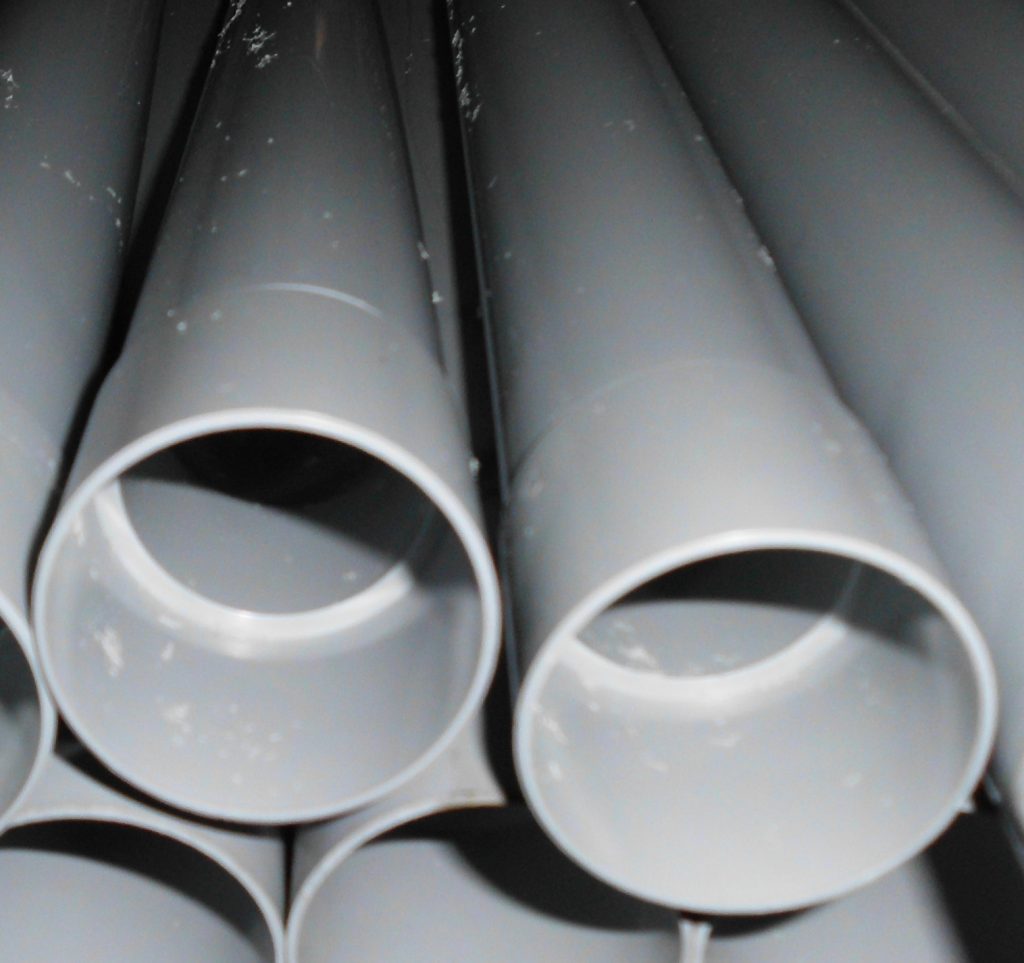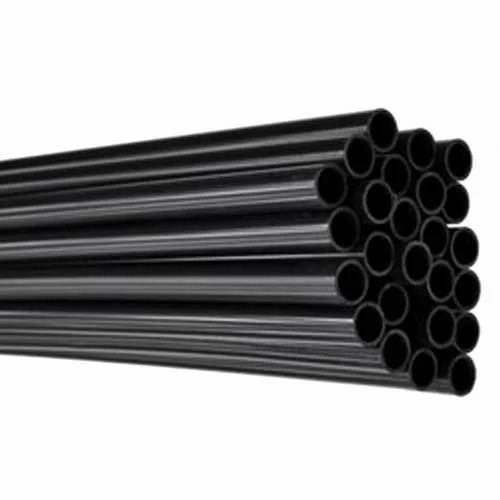Down pipes, though often overlooked, play a crucial role in maintaining the structural integrity and overall well-being of your home. These unsung heroes efficiently channel rainwater away from your roof and foundation, preventing potential damage caused by water accumulation. In this article, we will explore the world of down pipes, from their significance and materials to installation, maintenance, and common issues.
The Importance of Down Pipes in a Building
Safeguarding Your Home
Down pipes, also known as drainpipes or downspouts, are an essential part of a building’s rainwater drainage system. Their primary function is to carry rainwater collected by gutters from the roof to the ground and safely away from the foundation. Without down pipes, rainwater would pour directly from the roof, eroding soil, saturating foundations, and potentially causing costly structural damage.
Materials Used in Down Pipe Construction
The Backbone of Down Pipes
Down pipes are commonly constructed using various materials, each with its unique advantages. The most popular options include:
- PVC (Polyvinyl Chloride)
- Aluminum
- Copper
- Galvanized Steel
- Cast Iron
These materials offer different levels of durability and aesthetic appeal, allowing homeowners to choose the best fit for their needs and budget.
Common Types of Down Pipes
A Variety of Choices
Down pipes come in various shapes and sizes, catering to different architectural styles and climates. Some common types include:
- Round Down Pipes
- Square Down Pipes
- Rectangular Down Pipes
- Decorative Down Pipes
The choice of down pipe type can influence both the efficiency and aesthetic appeal of your rainwater drainage system.
Sizing and Positioning of Down Pipes
Getting It Right
Selecting the right size and positioning for your down pipes is essential for their proper functioning. The sizing depends on factors such as the roof area, rainfall intensity, and local building codes. Proper positioning ensures efficient water flow and prevents overflow.
Installation Process of Down Pipes
A Job for Professionals
Installing down pipes requires precision and expertise. It involves connecting them to the gutter system, positioning them correctly, and ensuring secure attachment to the building’s exterior. Professional installation is highly recommended to avoid future problems.
Maintenance and Cleaning of Down Pipes
Longevity and Efficiency
Regular maintenance and cleaning are essential to extend the lifespan of your down pipes. Leaves, debris, and dirt can clog the pipes, leading to overflow and potential damage. Cleaning is a simple yet effective way to ensure the proper functioning of your rainwater drainage system.
Down Pipes vs. Gutter Systems
Allies in Rainwater Management
Gutter systems work hand in hand with down pipes to efficiently manage rainwater. While down pipes transport water from the roof to the ground, gutters collect it. Together, they form a robust rainwater management system.
Down Pipes and Water Management
Sustainable Solutions
Efficient down pipes play a role in sustainable water management. By directing rainwater to designated areas or storage tanks, you can harness this valuable resource for various purposes, including watering your garden or flushing toilets.
Benefits of Properly Installed Down Pipes
A Wise Investment
Investing in well-designed and professionally installed down pipes offers several benefits, including:
- Preventing foundation damage
- Protecting landscaping
- Maintaining the structural integrity of your home
Common Issues with Down Pipes
Troubleshooting Problems
Despite their importance, down pipes can encounter issues over time. Some common problems include:
- Clogs and blockages
- Corrosion
- Leaks
Signs of Down Pipe Problems
Identifying Issues
Detecting down pipe issues early is crucial. Look out for signs such as:
- Overflowing gutters
- Water stains on walls
- Puddles around the foundation
DIY Down Pipe Repairs
Tackling Small Issues
Some minor down pipe issues can be fixed with simple DIY solutions. This may include removing debris or patching small leaks.
Professional Down Pipe Repair and Replacement
Expert Assistance
For more significant down pipe problems, it’s best to call in professionals. They can accurately diagnose issues and provide the necessary repairs or replacements, ensuring the longevity of your drainage system.
Conclusion: Down Pipes – An Essential Component in Every Home
Down pipes may go unnoticed in the grand scheme of home construction, but they are undeniably crucial. These humble components protect your home from water-related damage, contributing to its longevity and well-being. Don’t underestimate the role of down pipes in safeguarding your investment.
FAQs
1. Are down pipes and gutter systems the same thing?
No, they are not the same. Gutter systems collect rainwater, while down pipes transport it from the roof to the ground.
2. Can I clean my down pipes myself?
Yes, you can clean them yourself, but it’s essential to do so regularly to prevent clogs and blockages.
3. How often should I inspect my down pipes for issues?
Regular inspections are advisable, especially after heavy rainfall or storms. It’s also a good idea to have them professionally inspected annually.
4. Can I install down pipes on my own?
While it’s possible, it’s recommended to hire professionals for proper installation, as it requires expertise and precision.
5. What’s the best material for down pipes?
The best material depends on your needs and budget. PVC, aluminum, and copper are popular choices, each with its advantages.



